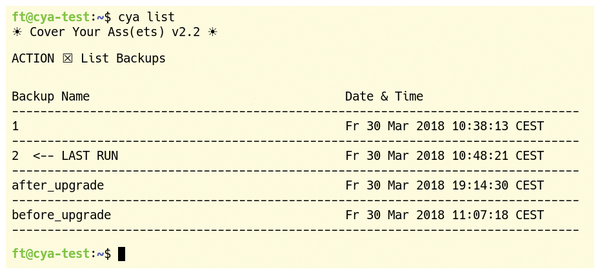

Add a title for the album, then hit “Select people & pets.” You’ll then see a menu of faces to select. If you haven’t created a Live Album already, head to the Albums section of Google Photos and select “Create album” in the top-right part of your screen. (If not, here’s a useful primer.) I will, however, suggest using the “Live Albums” feature in Google Photos, which uses face recognition to automatically update albums over time. Get Google Photos ready for the projectįor this story, I’m going to assume you’re already using Google Photos and are somewhat familiar with how it works. But once you’ve got it up and running, you might never want to go back to boring, static wallpapers. So when you open it for the first time, you will find the warning message: “XscreenSaver daemon isn’t running on display 0.” Click on “OK” to launch it now.Setting up Google Photos with John’s Background Switcher (which I’ll refer to as “JBS” from here on) isn’t as intuitive as it could be. When you launch XScreensaver from the Applications menu by searching for “Xscreensaver-demo” or “screensaver,” then things will start getting interesting because you will finally be able to customise your screensaver to get the desired visual effect. Then, go to the next section to start setting up Xscreensaver to create the perfect atmosphere. In that case, you disable the screensaver setting by going into: Menu -> Screensaver -> Screensaver settings -> Choose “Never” to start.īut if your distribution uses gnome-screensaver, it’s easy to get rid of by typing the following command: $ sudo apt remove gnome-screensaver If you are using cinnamon-screensaver, then it’s not possible for you to remove cinnamon-screensaver because cinnamon will also get removed, and due to that you will face the error “ cinnamon-session-cinnamon” not found“ To ensure a seamless experience, please disable any screensavers you may have installed previously. Once the above app is installed, you can get rid of the screensaver that came with your computer.

$ sudo apt install xscreensaver xscreensaver-data-extra xscreensaver-gl-extra Run the following commands to install Xscreen and the additional package, which will let you choose screensavers from the Xscreensaver library. First, open a terminal window and run a couple of commands. Xscreensaver is easily found in the Ubuntu repository, so it makes the installation process pretty simple. Configure system to set own photo as screensaver.Install Xscreensaver and extra packages.


 0 kommentar(er)
0 kommentar(er)
